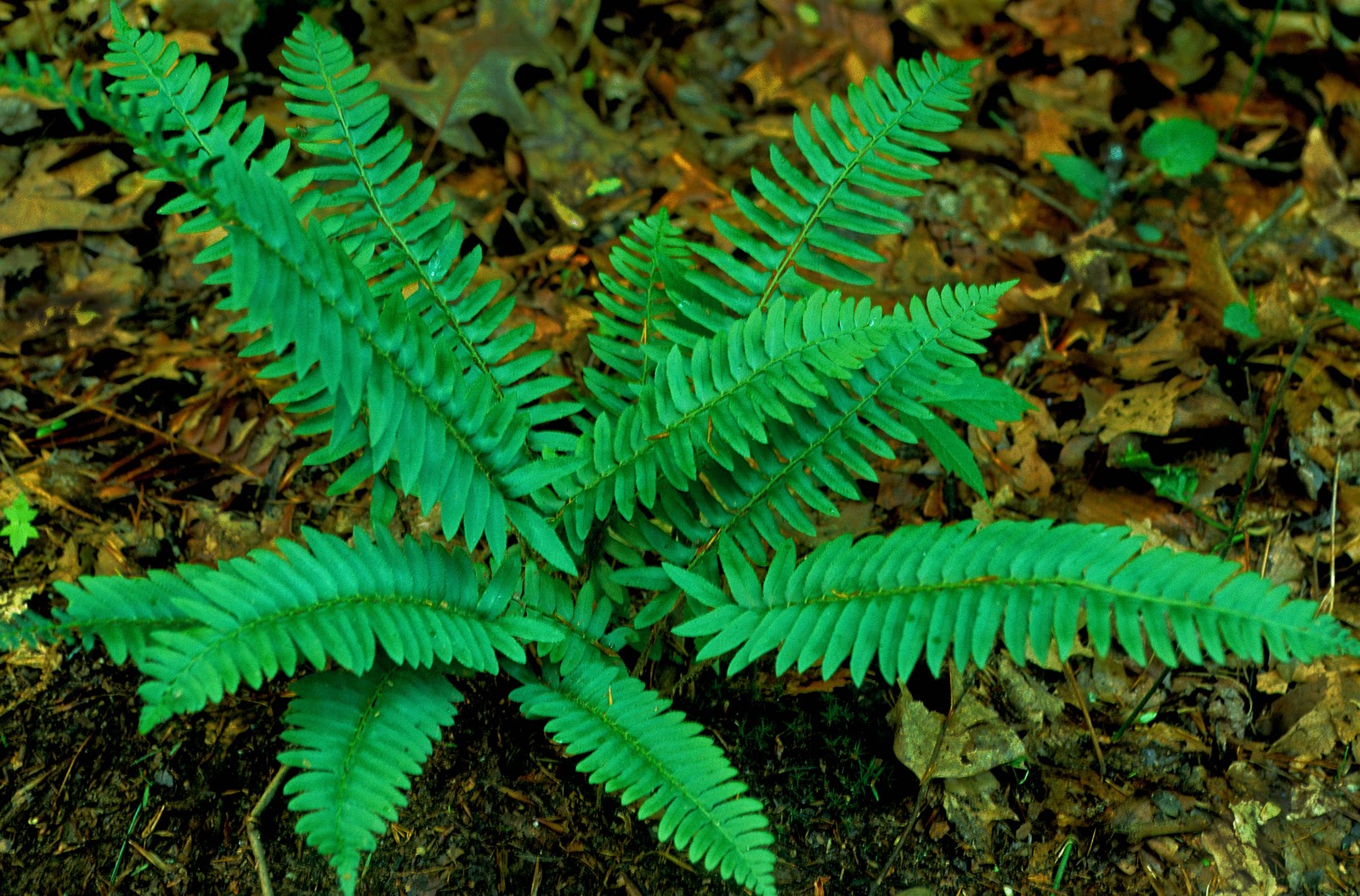Christmas ferns and pollinator plants are sturdy protectors of biodiversity and beauty in the intricate web of the natural world. These plant treasures play a crucial role in maintaining ecological balance and sustainability in addition to beautifying our landscapes with their vivid colours and elegant forms. We explore the complex interactions that exist between pollinators and plants as we set out on an exploratory expedition, revealing the details of their mutual reliance and the enormous influence they have on our surroundings. Come celebrate the vital functions that Christmas ferns and pollinator plants play in sustaining the natural world as we explore the delights of these plants, from the peaceful serenity of fern-fringed woodlands to the busy bustle of bees and butterflies among scented blossoms.
We will examine the intriguing process of pollination in this investigation, which is a complex dance that benefits both plants and pollinators. By carefully analysing pollinator plant species and their particular adaptations, we will be able to see the wide range of tactics that nature uses to make sure that life continues. Furthermore, we will highlight the perennial appeal of Christmas ferns, delving into their adaptability, durability, and classic elegance as reliable allies in shady environments. We encourage you to explore the delights of Christmas Fern and pollinator plants as we meander through the verdant tapestry of botanical wonders and to join us in honouring the abundance and beauty of the natural world.
1. The Pollinator Plant Buzz
Because they offer a variety of pollinating insects and animals food, shelter, and habitat, pollinator plants are crucial elements of healthy ecosystems. These plants, which range from native wildflowers to flowering shrubs and trees, are essential for maintaining pollinator populations and fostering biodiversity. Pollinator plants help ensure the reproduction of flowering plants as well as the production of fruits, seeds, and nuts by luring pollinators like bees, butterflies, and hummingbirds to pollinate the plant.
When choosing pollinator plants for your landscape or garden, take into account elements like:
– Native Species: Pick pollinator plants that are indigenous to the area and well-suited to the soil, climate, and surrounding conditions. Native plants have developed in tandem with native pollinators, offering vital resources such as nectar, pollen, and cover that are necessary for their survival.
– Blooming Period: To give pollinators a steady supply of nectar and pollen, choose a range of pollinator plants that bloom at various points during the growing season. To draw in a variety of pollinating insects and animals, strive for a wide range of flower forms, sizes, and colours.
– Habitat Diversity: Use a variety of pollinator-friendly plants, such as trees, shrubs, perennials, and annuals, to provide a variety of habitats in your garden or landscape. Provide cover, places to build nests, and access to water to sustain pollinator numbers and promote their long-term habitation.
2. Creating Gardens That Are Pollinator-Friendly
Pollinator-friendly gardening is good for the environment and very rewarding. The following advice will help you establish a flourishing pollinator habitat in your landscape or garden:
– Plant Diversity: To draw in a variety of pollinating insects and animals, incorporate a varied assortment of pollinator plants with varying bloom periods, colours, and flower forms. Select plants that offer nectar, pollen, and plants that serve as larval hosts for moths and butterflies.
– Provide Shelter: Plant dense shrubs, trees, and flowering perennials to create covered sections in your garden that will shield you from the wind, rain, and predators. Include elements like rockeries, brush heaps, and hedgerows to give pollinators more cover and places to nest.
– Minimise Chemical Use: Steer clear of synthetic fertilisers, pesticides, and herbicides in your garden since they can damage pollinators and upset the delicate ecosystem’s balance. Instead, to encourage a healthy and biodiverse garden environment, use companion planting, organic gardening techniques, and natural pest management approaches.
3. Christmas Ferns’ Enchantment
Christmas ferns are an evergreen fern species that are indigenous to eastern North America and are well-known for their graceful fronds and ability to thrive in a variety of environments. Christmas ferns, so named because of their propensity to stay green all winter long, are a visual delight that enhances native plant settings, rockeries, and shaded woodland gardens with texture, colour, and interest. Gardeners and landscapers appreciate Christmas ferns for their endurance and flexibility, as well as their gracefully arching fronds and eye-catching foliage.
4. Christmas Ferns: Care Instructions and Methods
Christmas ferns are great for low-maintenance landscaping projects and gardeners since they grow well with little care and attention. The following advice can help you grow Christmas ferns that are robust and healthy:
– Light: Christmas ferns grow best in shady woodland gardens, rockeries, and native plant landscapes since they prefer partial to full shade. To make sure they receive enough light without being exposed to direct sunshine, plant them in locations with filtered shadow or dappled sunlight.
– Soil: Christmas ferns prefer slightly acidic soil that is wet and well-drained. Before planting, amend the soil with organic matter, such as aged manure or compost, to increase fertility and drainage. Christmas ferns should not be planted in soggy or compacted soils as this can cause fungal diseases and root rot.
– Watering: Especially in hot, dry weather, keep Christmas ferns regularly damp but not soggy. To aid in the establishment of a robust root system, give them regular irrigation, particularly during the first growth season. To control soil temperature and conserve moisture, mulch the area surrounding plants.
5. Using Pollinator Plants to Promote Sustainable Landscaping
In sustainable landscaping, pollinator plants are essential because they provide a natural way to increase biodiversity and support the health of ecosystems. Homeowners, companies, and communities may create stunning, resilient outdoor areas that sustain native species and aid in environmental conservation efforts by including pollinator-friendly plants into their landscape plans. There are countless ways to use pollinator plants in sustainable landscaping projects, from rain gardens and meadows to rooftop gardens and urban green areas. In order to support ecological resilience and enhance the aesthetic appeal of our surrounds, let’s examine how pollinator plants can be included into sustainable landscapes to establish flourishing habitats for bees, butterflies, and other pollinators.
In summary
In conclusion, Christmas ferns and pollinator plants provide gardeners and outdoor enthusiasts with a multitude of chances to appreciate the wonder and beauty of the natural world. Our lives are enhanced and the health and sustainability of our environment are promoted by these botanical jewels, which also give texture and greenery to shady environments and support important pollinator populations. We may build dynamic, biodiverse ecosystems that evoke wonder and admiration for the beauty of nature by growing pollinator-friendly gardens and including Christmas ferns into landscape design and landscaping projects.



